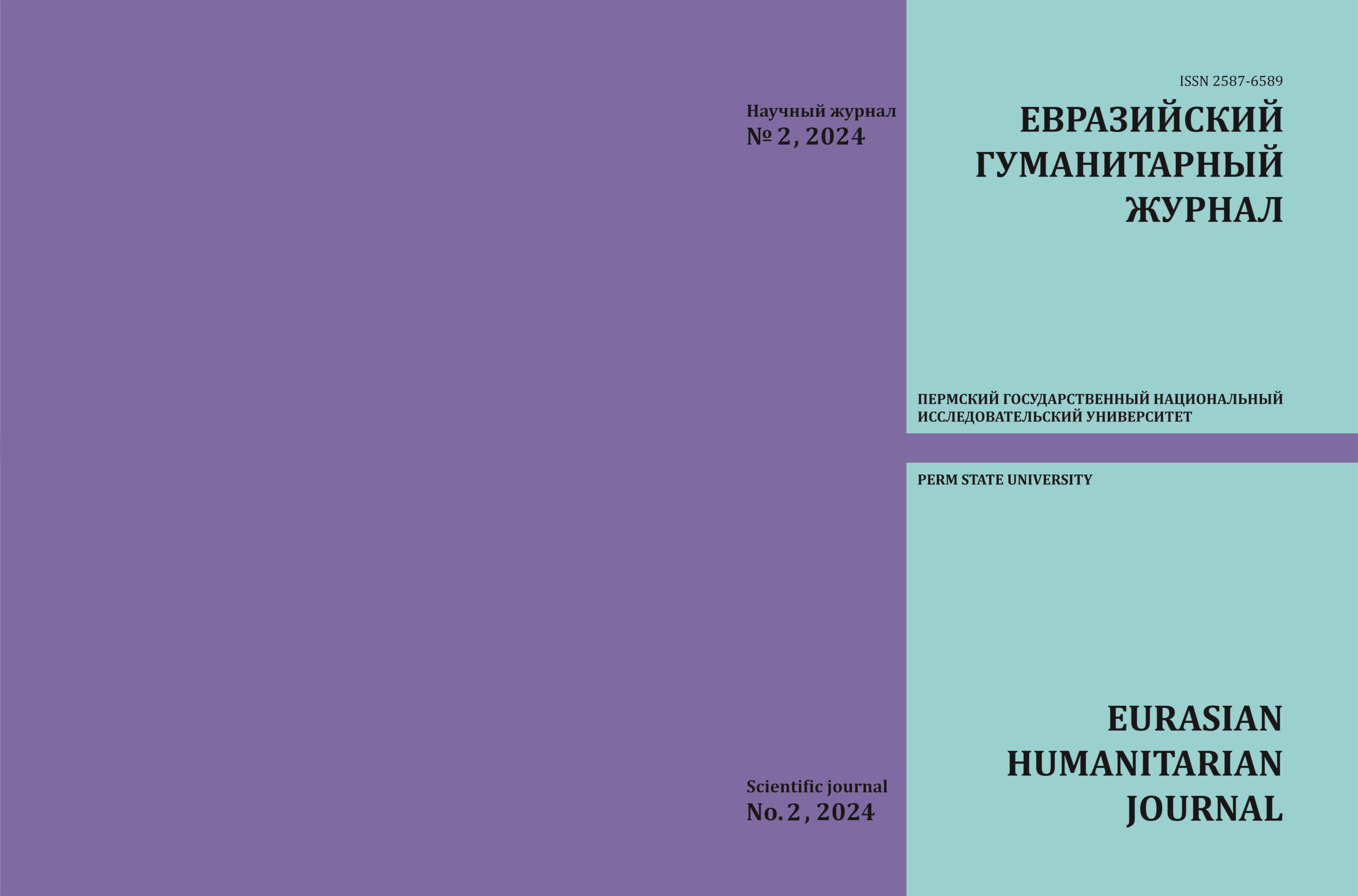SEMANTIC POTENTIAL OF GERMAN DEADJECTIVE NOUNS AND THEIR “FEATURES” NATURE
Keywords:
deadjectives, qualitative deadjectives, relative deadjectives, semantics, semantic potential, semantic groups, «feature» meanings, categorial meanings, objectivity, quality, featureAbstract
This article examines German deadjective nouns in the aspect of their heterogeneous semantic potential, determined by the interaction of categorical meanings of objectivity and quality. Adjectives (qualitative, relative) "give" a productive basis for the formation of qualitative and relative deadjectives. Qualitative deadjectives are characterized by the relation "having an object", "characterized by the presence of an object". In modern linguistic literature, deadjectives are considered as abstract or abstract nouns or quality names that are derivatives of adjectives (adjectives). They have a dual semantic-grammatical nature or the so-called "two-layer" semantics, since they are the result of the interaction of categorical meanings of objectivity and quality. Because of this, they are characterized by semantic heterogeneity. This type of motivational relationship is based on the ability of the subject, which is an integral part of the subject, to act as its characteristic. The purpose of this study is to identify and describe various semantic groups of German deadjectives from the position of their heterogeneous «feature» meanings. The material for the study was German utterances with various deadjective nouns obtained by directed sampling from the electronic database of the Leipzig National Corpus. During the study, semantic groups of German deadjectives were identified and described, denoting various physical and physiological signs (visual, auditory, gustatory, tactile, as well as signs of an object perceived by muscle tension). In addition, German deadjectives are characterized by the ability to denote signs of living beings / objects, including evaluative signs and signs of «a person’s self-awareness and his inner world».Published
2024-08-19
Issue
Section
ФУНКЦИОНАЛЬНАЯ ГРАММАТИКА

